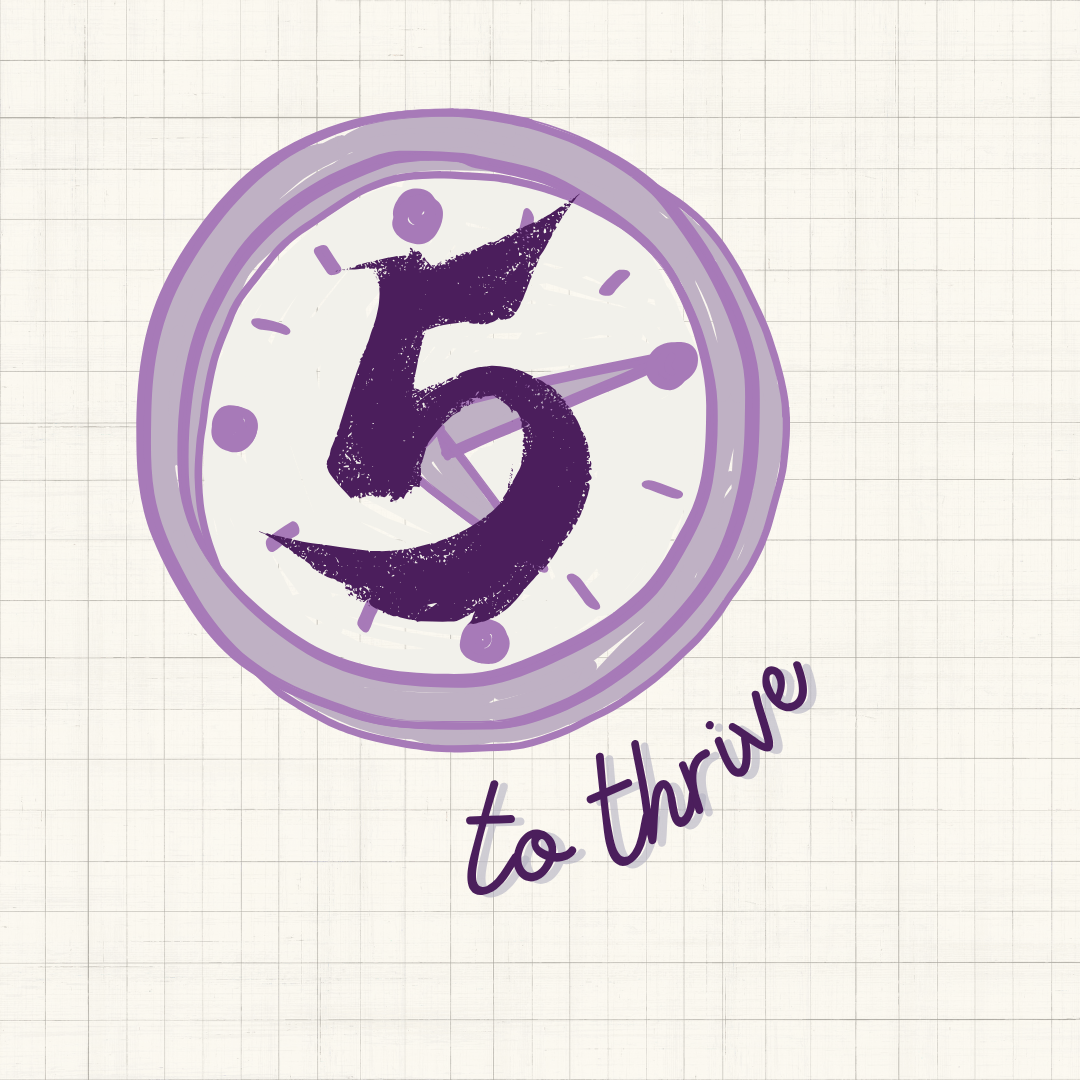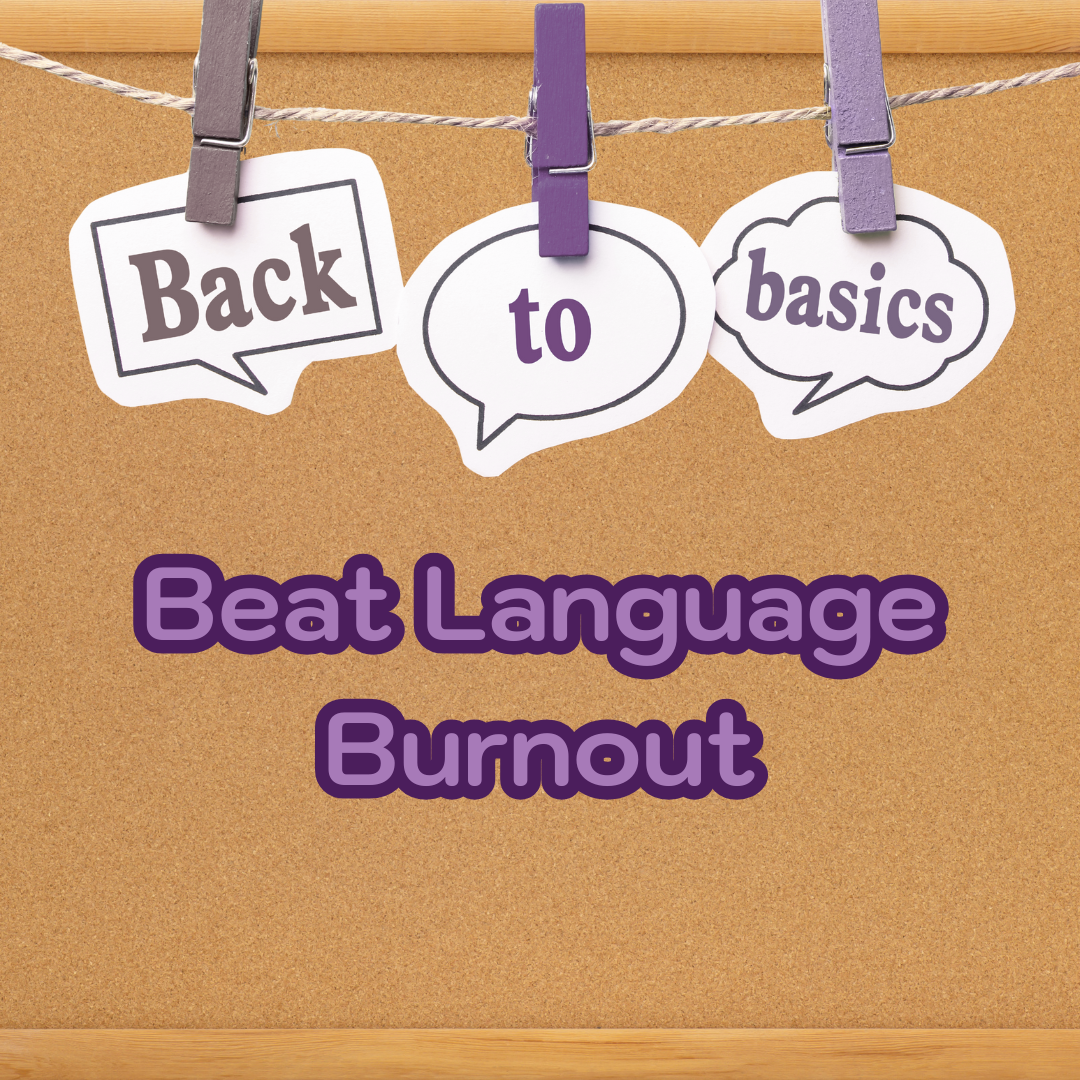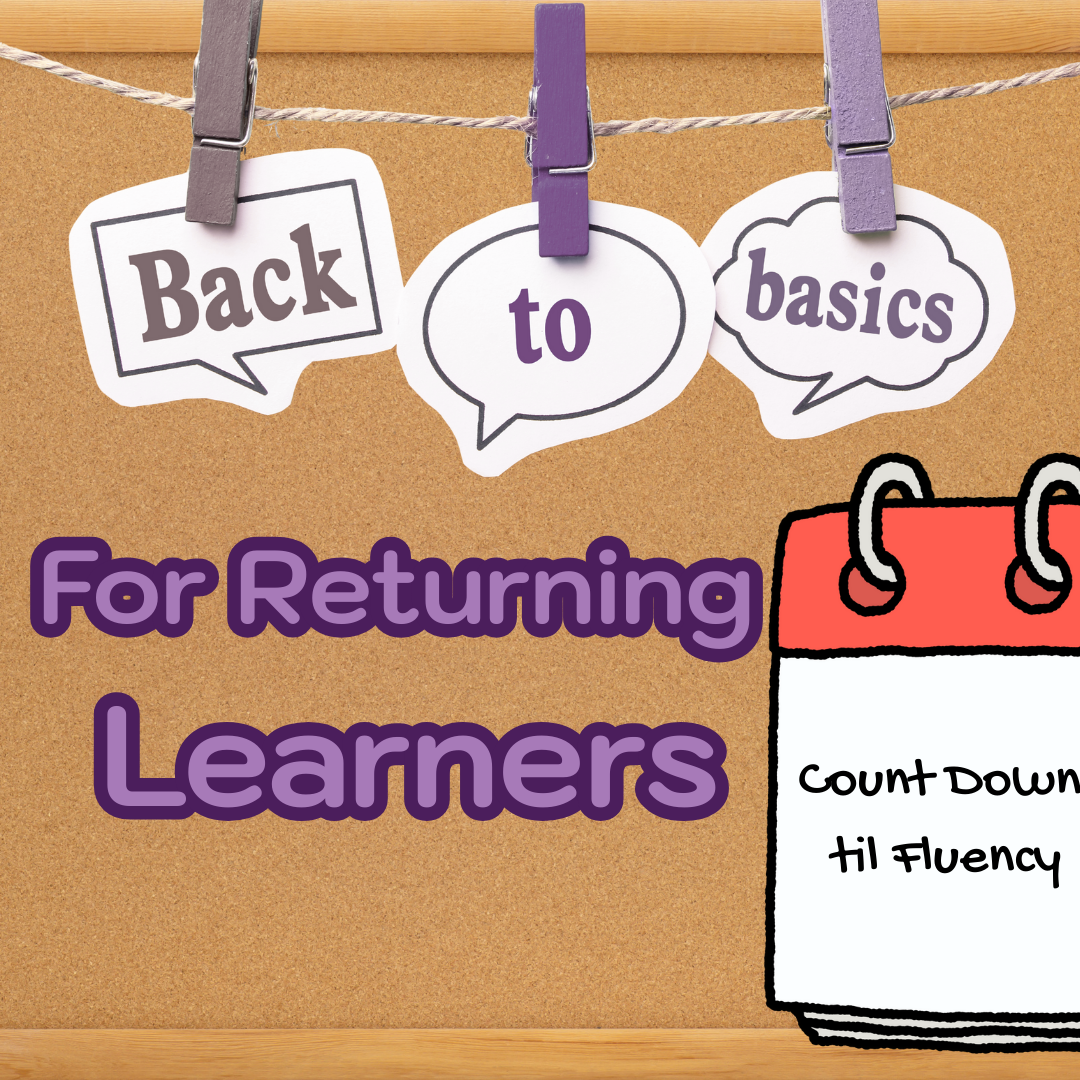How to Prepare Notes for Your Language Exchange Meeting (Like a Pro)
Whether you’re meeting a speaking partner one-on-one or participating in a group language exchange, having structured notes can help you make the most of your time. If you already know the topic in advance (which I highly recommend for beginner to intermediate learners), here’s a step-by-step guide to preparing intentional and useful notes that boost your confidence and fluency.
📝 Step-by-Step: Preparing Notes for Your Speaking Session
1. Break the Topic Into Subtopics
Start by identifying 2–3 subcategories of the main topic.
Example: If the topic is “Travel,” subtopics could include:
Favorite places you’ve visited
How you plan a trip
Cultural experiences while traveling
This gives your conversation structure and helps you avoid awkward silences.
2. Brainstorm Key Vocabulary
List important words, phrases, and sentence patterns related to each subtopic.
Include:
Verbs (e.g., "to book," "to pack," "to explore")
Descriptive adjectives (e.g., “scenic,” “crowded,” “delicious”)
Grammar patterns you’re learning (e.g., past tense, comparatives, conditionals)
✨Pro Tip: Add example sentences you want to try using.
3. Write Out Personal Responses
Think about what you want to say and write a short response to each subtopic in your target language.
You don’t have to memorize these, but writing them helps you organize your thoughts in advance.
🧠 Bonus: This also becomes a writing exercise!
4. Add Questions to Keep the Conversation Flowing
Good conversations go both ways. Prepare 2–5 questions (depending on level and length of time available) that you can ask your partner on the same topic.
This:
Keeps the conversation natural
Takes the pressure off you to talk the entire time
Encourages vocabulary exchange
✨Pro Tip: Write down any vocabulary or grammar points you didn’t know. Don’t hesitate to have you partner spell it out for you either!
5. Highlight What You Want to Practice
Circle or bold anything you want to challenge yourself to use (new grammar, vocabulary, pronunciation).
Tell your partner in advance if there’s something specific you'd like help with—most people are happy to support you if they know what you're working on.
6. Keep It Organized and Visible
Use a clean format (bullet points, headings, bold text) and keep your notes in a digital doc, notebook, or language journal.
Avoid writing full scripts. Your goal is to use the notes, not read them.
After Your Session
Take 5 minutes to reflect:
What words did you use confidently?
Where did you hesitate?
What do you want to practice more?
Language growth comes from consistency and review—not perfection. Your notes are a tool, not a test!











Not every language partner will be a good fit—and that’s okay! The key is to find someone who matches your learning style, goals, and commitment level.